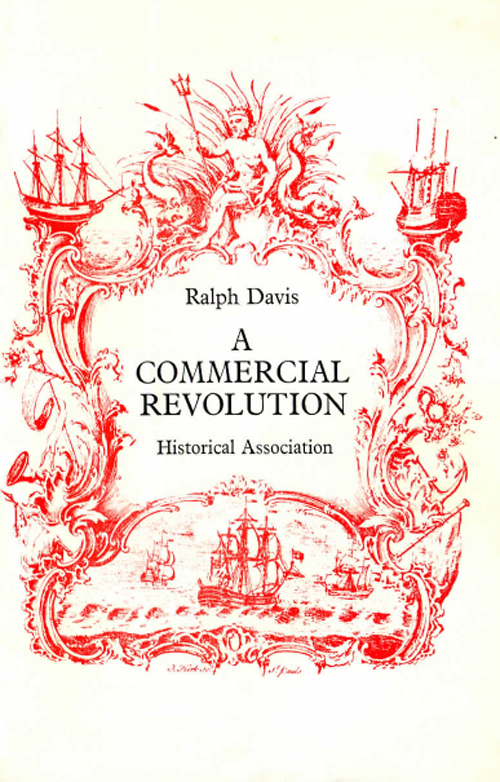A Commercial Revolution
Classic Pamphlet

The Rise of a Trading Empire
The pattern of overseas trade is always in movement: new commodities are constantly appearing, old ones fading into unimportance, different trading partners coming to the fore-front. But between the latter end of the sixteenth and the second half of the eighteenth century, change took specially far reaching forms. In 1570 England was a country with one major export, woollen cloth, accounting for some four-fifths of the value of its trade, and that trade was nearly all with places on the North Sea or Atlantic coasts of Europe.
By 1770 it had a wide range of manufactured exports (among which woollens were still the foremost) and a big re-export of colonial and Asiatic goods; and its trade not only extended to the farthest corners of Europe, but far beyond to America, Africa, India and China. The ultimate origin of this transformation lies in events of the sixteenth century, but its pace and scope were very limited until after the Civil War. Just as the most striking economic changes of the century after 1760 were associated with Industrial Revolution, so those of the century or so after 1660 were associated with trade...
This resource is FREE for Student HA Members.
Non HA Members can get instant access for £3.49

